We're pretty excited about the CCS811. It's the first VOC and CO2 sensor to come in a SMD package with a nice I2C interface.
It's been interesting to use the sensor over the past few days. Because of the Industrial revolution we've seen CO2 levels rise to about 400 parts per million (ppm). This sensor is designed to detect CO2 levels from 400 to about 8000ppm.
Can you see where I breathed on it?
Sitting on my desk for the past few days I've seen the CO2 and VOC levels within our office change throughout the day. First and foremost is the increase of CO2 vs outside air levels. Our office sits around 700-800ppm CO2 with VOCs that are nearly zero. This makes me feel pretty good but it's really interesting to see how it changes throughout the day as the HVAC system does its thing and as humans come and go.
We're excited to see what uses folks have for the CCS811!
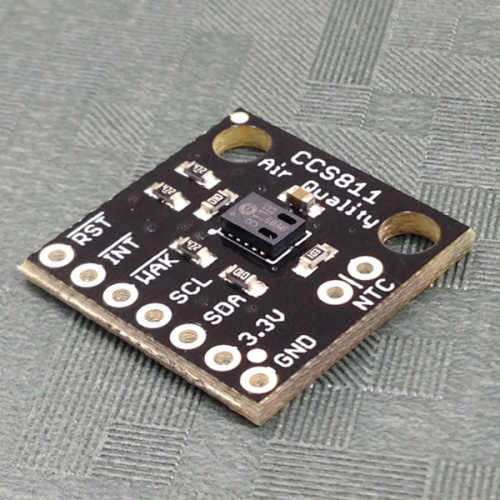
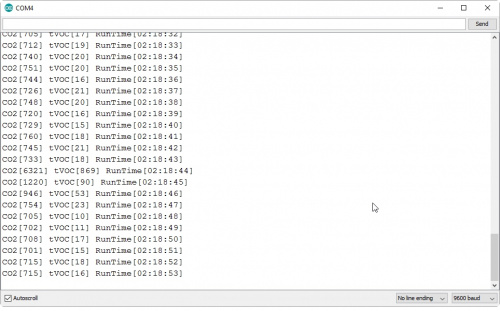
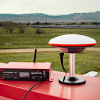
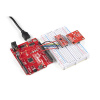
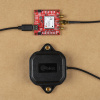






I tried to buy one but they are not available? I asked to be notified. Do you know when there will be availability?
As a note, this sensor doesn't actually measure CO2 concentrations. It measures volatile organic compounds (VOC) using a metal oxide (MOX) detector, and then calculates an equivalent CO2 concentration. The calculation is based measurements of VOC and CO2 measured together independently in rooms full of degassing people and things. Nondispersive infrared (NDIR) detectors are still the method of choice for measuring the concentration of CO2, since, as an oxidized gas, it can not be detected by MOX sensors.
That's very interesting. I had wondered, given AMS's extensive optical offerings, if the CCS811 was using a tiny NDIR. Would you happen to know of anyone who does make a tiny NDIR sensor? The TGS4161 seems to be using a metal oxide for CO2 sensing (RuO2), but I'm not super knowledgeable about gas sensing -- is this just for the heater, and the sensitive element is something else?
The CCS811 is very exciting given that it's a tiny, low-power, entirely digital (I2C) indoor air quality sensor. Other inexpensive gas sensors have historically been comparatively huge, and a little wonky to deal with with those purely analog interfaces, and (if I remember correctly) have a lot of inter-part variance, making accuracy more challenging. The CCS811 excites me because it reminds me of the MLX90601 -- the first (that I'm aware of) non-contact temperature sensor with a digital interface that included all the analog hardware in the tiny can. Sure, there were lots of thermopile sensors before it, but it's the one that finally made it easy, and that you didn't have to be a skilled analog engineer to have some confidence in the accuracy of your temperature readings -- probably why they still produce them today, a decade later. The CCS811 (or something similar) I imagine will have a similar impact on the air quality sensing domain shortly.
The IR light absorption used as the signal by NDIR detectors is directly proportional to the path length, so it's difficult to make them both small and precise.
The Figaro TGS4161 CO2 detector uses the acidity of absorbed CO2 to change the reactivity of an electrolyte between two electrodes, allowing it to generate a potential. It's sort of a CO2-dependant battery (the RuO2 substrate is the heater). Unfortunately, this sensor has a slow response (1.5 minutes) and has an accuracy of only 20% at 1000 ppm CO2 (+/- 200 ppm).
Figaro has a nice explanation of the principles behind the detectors at: http://www.figaro.co.jp/en/technicalinfo/principle/mos-type.html